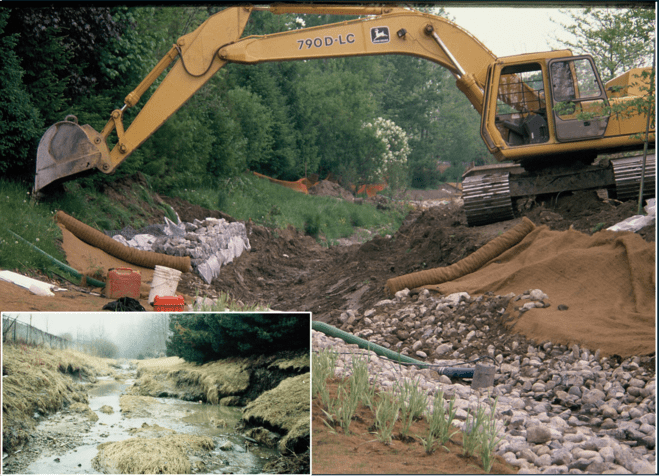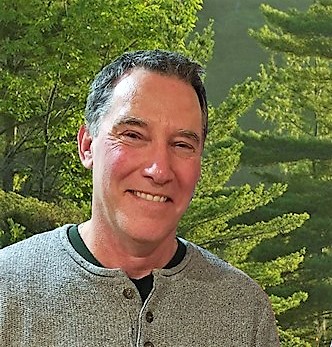How much can I take?
MWC looks at our attitudes towards the environment.
By Kevin Trimble.

The Muskoka Watershed Report Card and other publications by Muskoka Watershed Council indicate current land use practices and governance are inadequate to sustain our watersheds.
A recent Indigenous learning sheds light on a simple foundation for rethinking how we manage ourselves in our watershed ecosystems.
When Europeans first arrived in North America, they saw a vast array of natural resources, free for the taking by early capitalists and monarchs seeking to expand empires. No attention was paid to environmental costs. We denuded woodlands for timber, settled the landscape and wiped out species.
We later began to understand we couldn’t just take whatever we wanted and that there are environmental and economic impacts associated with our activities on the land.
We now ask, “How much can I take?” and we do our best to minimize negative impacts when clearing and developing land, emitting industrial pollutants, installing public infrastructure, managing our stormwater runoff and controlling floods.
For example, if we are building houses on a vacant property, we typically use as much of the site as possible to satisfy housing needs, make the most efficient use of infrastructure services, offset costs and provide financial returns for the developer/builder.
If the site has natural features such as woodlots, streams or wetlands, we ask how much of those we can remove and some of us believe it should be possible to remove most or all such features.
However, provincial and local policies and regulations guide us to protect as many ecological factors as possible and to minimize impacts on them. And we are often required to undertake impact studies to reduce the loss of features of high value.
But, in spite of our best efforts, there are residual negative impacts in almost everything we do.
We only consider the ecological features and functions perceived as high societal value. We willingly overlook less obvious ecological implications by accepting that extensive natural features must be removed to accommodate growth or socio-economic development, that carbon and other unregulated pollutants will be emitted to manufacture products and construct buildings, that biophysical processes will be interrupted in soils, floodplains and waterbodies.
In asking, “How much can I take?” we always leave the natural system a little more degraded than when we started and we consider this as an acceptable loss. This is incremental degradation.
Nobel Prize winning economist Joseph Stiglitz, in his recent book “The Road to Freedom: Economics and the Good Society,” explained how free market capitalism enables us to prioritize profit above environment. In essence, businesses gain more profits by overlooking certain environmental consequences.
Deborah McGregor, an Anishinaabe scholar at York University, spoke about Indigenous ways of thinking at the Muskoka Summit on the Environment last October.
She said at one point that we should ask, “How much can I give?” rather than, “How much can I take?”
She was speaking about the Indigenous principle of reciprocity and the need to invest in the future of our ecosystem with every action we undertake on the land. With a simple question, she revealed one way to reverse incremental degradation — giving rather than taking.
There are several encouraging examples of this principle.
Fisheries Act approvals for projects in Canadian waters are based on the principal of “net gain” with built-in habitat enhancements.
The provincial Endangered Species Act includes habitat creation as a requirement for habitat removal permits. The aggregate industry is one of few in Ontario with legislated land rehabilitation designs built into licence approvals.
Our current socio-economic system needs to change. Individual companies can not simply start asking “How much can I give?” or they would lose out to competition.
But with collective action by whole industries along with government and communities, ecological enhancement could become a part of how we manage ourselves in our watersheds.

First Steps on the Path to IWM, a series of articles from Muskoka Watershed Council, edited by Peter Sale, continues building information about Muskoka’s precious but fragile environment. This is article Number 8, authored by Kevin Trimble, a retired ecologist, Muskoka resident, and director and a former chair of Muskoka Watershed Council. This article was originally published on MuskokaRegion.com on January 18, 2025.
